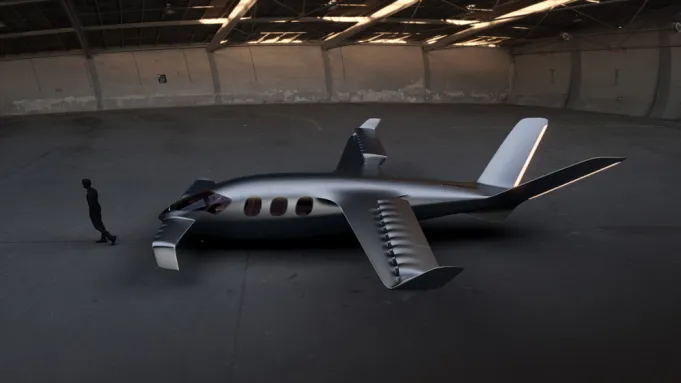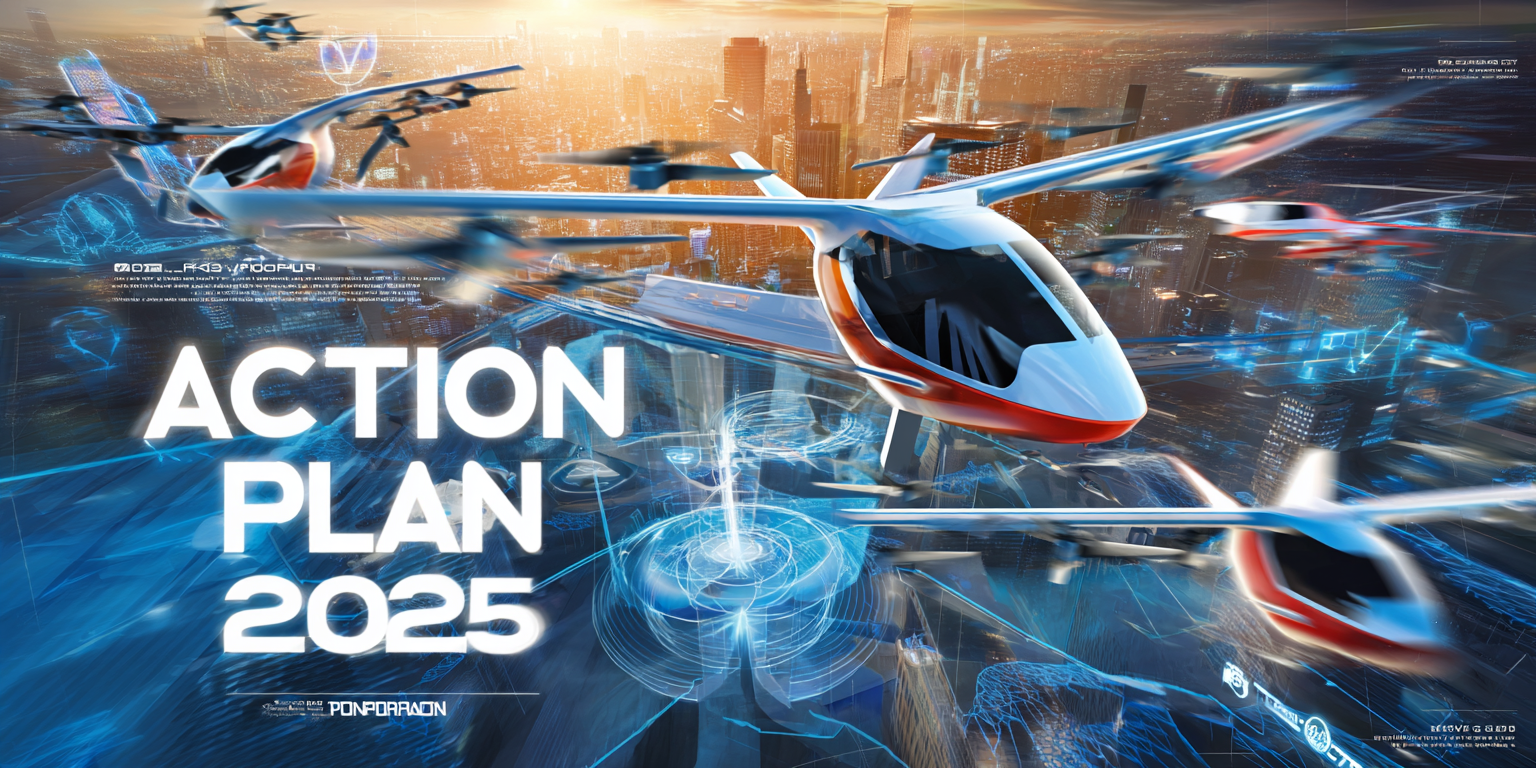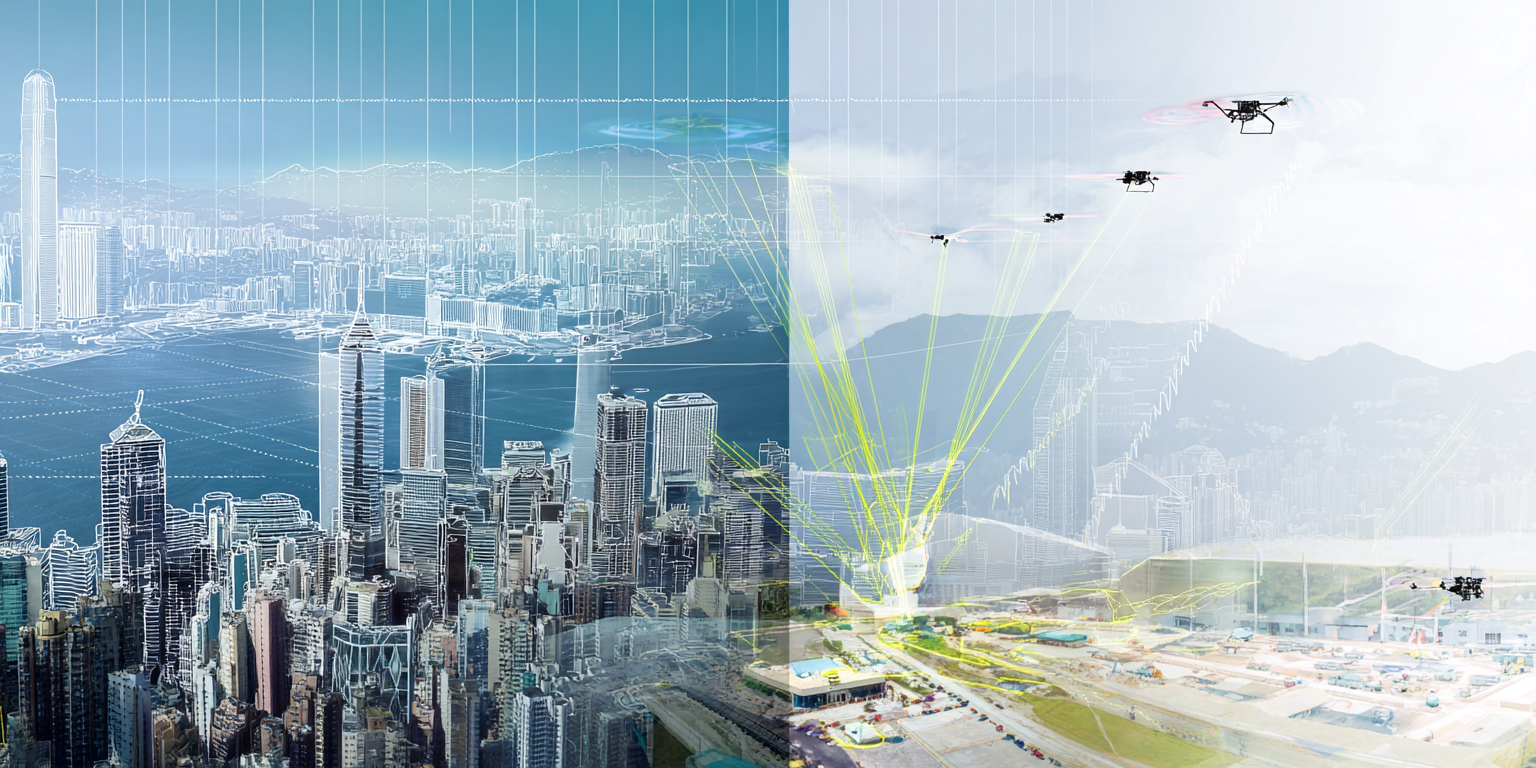Sirius Aviation, a Swiss aerospace company, has unveiled the Sirius Jet, marking a groundbreaking advancement in the aviation industry. As the world’s first hydrogen-powered Vertical Take-Off and Landing (VTOL) aircraft, the Sirius Jet manifests a revolutionary concept in sustainable air travel. Established in 2021. Sirius Aviation has introduced two variants of this innovative aircraft: the Sirius Business Jet and the Sirius Millennium Jet. Sirius designed the two Sirius Jet aircraft in collaboration with BMW’s Designworks innovation studio and Swiss motorsport company Sauber Group.
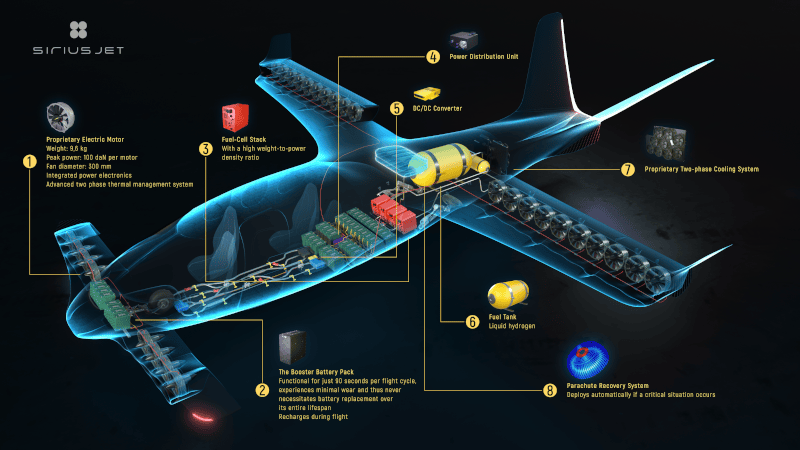 Sirius Jet’s propulsion system uses hydrogen fuel cells
Sirius Jet’s propulsion system uses hydrogen fuel cells
The Sirius Jet’s propulsion system uses hydrogen fuel cells to power 28 electric ducted fans, 20 of which are mounted to the aircraft’s main wing while eight are in the canard. This ducted-fan concept is somewhat reminiscent of the battery-electric Lilium Jet. The private-use Sirius Business Jet will accommodate one pilot and up to three passengers and have an anticipated flight range of 1,150 miles (1,850 kilometers). In contrast, the larger Sirius Millennium Jet seats up to five passengers and can fly just over half that distance, with a range of 650 miles (1,050 kilometers). Both versions should be able to fly at altitudes of up to 30,000 feet at a cruise speed of 323 mph (520 kph).
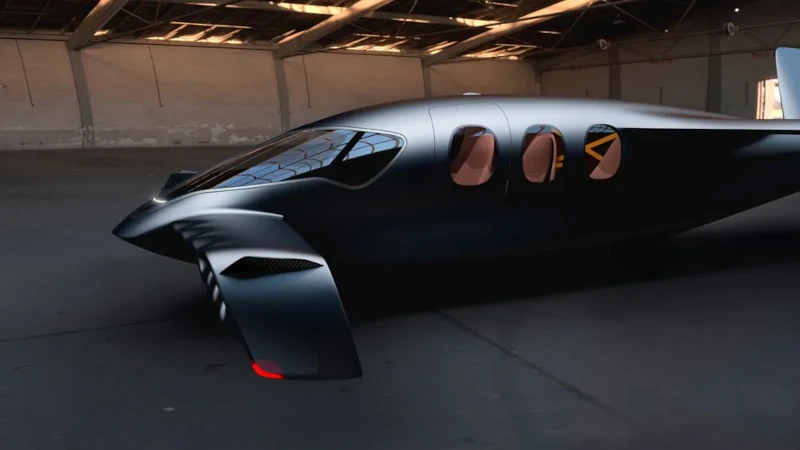 The Sirius Business Jet
The Sirius Business Jet
The Sirius Business Jet
- Type: A zero-emission, hydrogen-powered VTOL business jet.
- Range: Capable of traveling 1,150 miles.
- Cruise Speed: Achieves a cruise speed of 323 mph.
- Altitude Capability: Operates at altitudes up to 30,000 feet.
- Noise Level: Maintains ultra-quiet noise levels at 60 dBa.
- Passenger Capacity: Accommodates three passengers.
- Refueling Cost: Approximately $500.
- Propulsion system: Hydrogen fuel cells to power 28 electric ducted fans.
- Service Entry Timeline: Sirius Aviation has set an ambitious target to have the Sirius Business Jet operational and in service by 2025.
 The Sirius Millennium Jet
The Sirius Millennium Jet
The Sirius Millennium Jet
- Type: A zero-emission, hydrogen-powered VTOL commercial aircraft.
- Range: Offers a 650-mile flight range.
- Cruise Speed: Maintains a cruise speed of 323 mph.
- Altitude Capability: Capable of reaching 30,000 feet.
- Noise Level: Features a sound footprint of 60dBa.
- Passenger Capacity: Accommodates up to 5 passengers.
- Service Entry Timeline: The Sirius Millennium Jet is projected to enter service around 2025.
Key Features and Innovations
- Propulsion System: The aircraft employs hydrogen fuel cells to power 28 electric ducted fans, with 20 mounted on the main wing and 8 in the canard, representing a significant technological leap.
- Near-Silent Operation: The Sirius Jet operates at less than 60 decibels of noise at a distance of 100 meters, akin to the sound level of a typical dishwashing machine, making it suitable for operations in noise-sensitive areas.
- Airframe Layout: It includes a small buffer battery, utilized for approximately 90 seconds per flight cycle, adding an extra layer of operational efficiency.
- Design Collaboration: Sirius Aviation partnered with BMW’s DesignWorks and the Sauber Group, blending cutting-edge aerospace and automotive design expertise.
| Feature | Sirius Business Jet | Sirius Millennium Jet |
| Type | Hydrogen-powered VTOL business jet | Hydrogen-powered VTOL commercial aircraft |
| Range (miles) | 1150 | 650 |
| Cruise Speed (mph) | 323 | 323 |
| Altitude Capability (feet) | 30000 | 30000 |
| Noise Level (dBa) | 60 | 60 |
| Passenger Capacity | 3 | 5 |
| Refueling Cost ($) | 500 | Not specified |
| Propulsion System | Hydrogen fuel cells, 28 electric ducted fans | Hydrogen fuel cells, 28 electric ducted fans |
| Service Entry Timeline | 2025 | 2025 |
The Sirius Jet boasts an impressively low noise level of less than 60 decibels at a distance of 100 meters. The near-silent operation of the Sirius Jet makes it a more suitable option for city-to-city transport and operations near residential areas, where noise is a critical factor. At this noise level, the Sirius Jet is as quiet as a typical household dishwasher, a notable achievement for an aircraft.
A typical business jet, such as the Bombardier Global 7500 or Gulfstream G650, generates a noise level ranging from about 70 to 80 decibels at take-off, significantly higher than the Sirius Jet. The higher noise levels of traditional business jets limit their operation within urban areas, especially where noise pollution is a concern. This has been a long-standing issue in expanding the use of business jets for shorter, intra-city travel.
The Sirius Jet hydrogen-electric ducted fan propulsion system leverages hydrogen’s high energy density to power the aircraft’s electric fans. This system is a significant innovation, combining the benefits of electric propulsion with the energy efficiency of hydrogen fuel cells.
Comparing the electric Lilium Jet with the hydrogen-powered Sirius Business Jet offers an interesting insight into the evolving landscape of sustainable aviation technology. Here's a comparison based on the known specifications of each aircraft:
 Lilium Jet
Lilium Jet
Sirius Business Jet
- Type: Zero-emission, hydrogen-powered VTOL business jet.
- Range: 1,150 miles.
- Cruise Speed: 323 mph.
- Altitude Capability: Up to 30,000 feet.
- Noise Level: 60 dBa, ultra-quiet.
- Passenger Capacity: Accommodates three passengers.
- Refueling Cost: Approximately $500.
- Propulsion System: Hydrogen fuel cells powering 28 electric ducted fans.
- Service Entry: Targeted for 2025.
Electric Lilium Jet
- Type: Battery-electric VTOL jet.
- Range: Approximately 186 miles.
- Cruise Speed: Around 180 mph.
- Altitude Capability: Typically lower than traditional jets due to battery limitations.
- Noise Level: Generally low, but exact figures are not specified.
- Passenger Capacity: Varies by model, but typically up to 6-7 passengers.
- Refueling/Recharging Cost: Not specifically stated, but electric recharging generally has lower operational costs.
- Propulsion System: Electric jet engines, the number varies based on the model.
- Service Entry: Trials and certifications are ongoing, with commercial service expected in the next few years.
Key Differences
- Power Source: The most significant difference is in the power source. The Sirius Jet uses hydrogen fuel cells, which is relatively novel in aviation, whereas the Lilium Jet is battery-electric.
- Range and Speed: The Sirius Jet offers a considerably longer range and higher speed than the Lilium Jet. This difference stems primarily from the energy density of hydrogen fuel cells compared to current battery technologies.
- Passenger Capacity: The Lilium Jet might have a slightly higher passenger capacity, depending on the specific model.
- Operational Altitude: The Sirius Jet can operate at higher altitudes, similar to traditional jets.
While both aircraft represent innovative approaches to sustainable aviation, they target slightly different market segments and operational profiles. The Sirius Business Jet, with its longer range and higher altitude capabilities, seems more suited for longer business trips. In contrast, with its electric propulsion, the Lilium Jet might be more oriented towards shorter, intra-city travel or regional hops, particularly given its range limitations. Both play crucial roles in the transition towards greener and more sustainable urban air travel.
Hydrogen power is seen as a promising solution for sustainable aviation. However, there are some challenges that need to be addressed. The success of aircraft like the Sirius Jet could lead to wider adoption of this technology in the aviation sector. Nevertheless, this technology is still new and needs further development and testing to meet the aviation industry's stringent safety and performance standards.
No specific details are available regarding the exact pricing of the Sirius Business Jet and the Sirius Millennium Jet. Developing new aircraft, particularly those involving groundbreaking technologies like hydrogen fuel cells and VTOL capabilities, often involves significant research and development costs, which can influence the final pricing of the aircraft.
However, Sirius Aviation has mentioned an approximate refueling cost of around $500 for the Sirius Business Jet, indicating their focus on operational efficiency and cost-effectiveness.
When compared with traditional business jets like the Bombardier Learjet 75, Cessna Citation CJ3+, and Embraer Phenom 300, the Sirius Business Jet's efficiency becomes evident. Here, we will compare these aircraft based on the distance they can travel for a refueling or recharging cost of approximately $500, providing a clear picture of how the Sirius Business Jet stands out regarding operational efficiency and cost-effectiveness.
- Sirius Business Jet: 1,150 miles for $500.
- Bombardier Learjet 75: Approximately 251 miles for $500.
- Cessna Citation CJ3+: Approximately 339 miles for $500.
- Embraer Phenom 300: Approximately 348 miles for $500.
These estimates show that the Sirius Business Jet offers significantly more range for the exact refueling cost than traditional business jets, illustrating its economic efficiency and the benefits of its hydrogen-powered propulsion system. Remember that figures vary based on current fuel prices and specific operational conditions.
The Sirius Jet by Sirius Aviation marks a significant development in the aviation sector, primarily due to its sustainable, hydrogen-powered VTOL technology and its potential for quieter, more efficient operation. The Sirius Jet stands out as the aviation industry seeks solutions for reducing its environmental impact.
